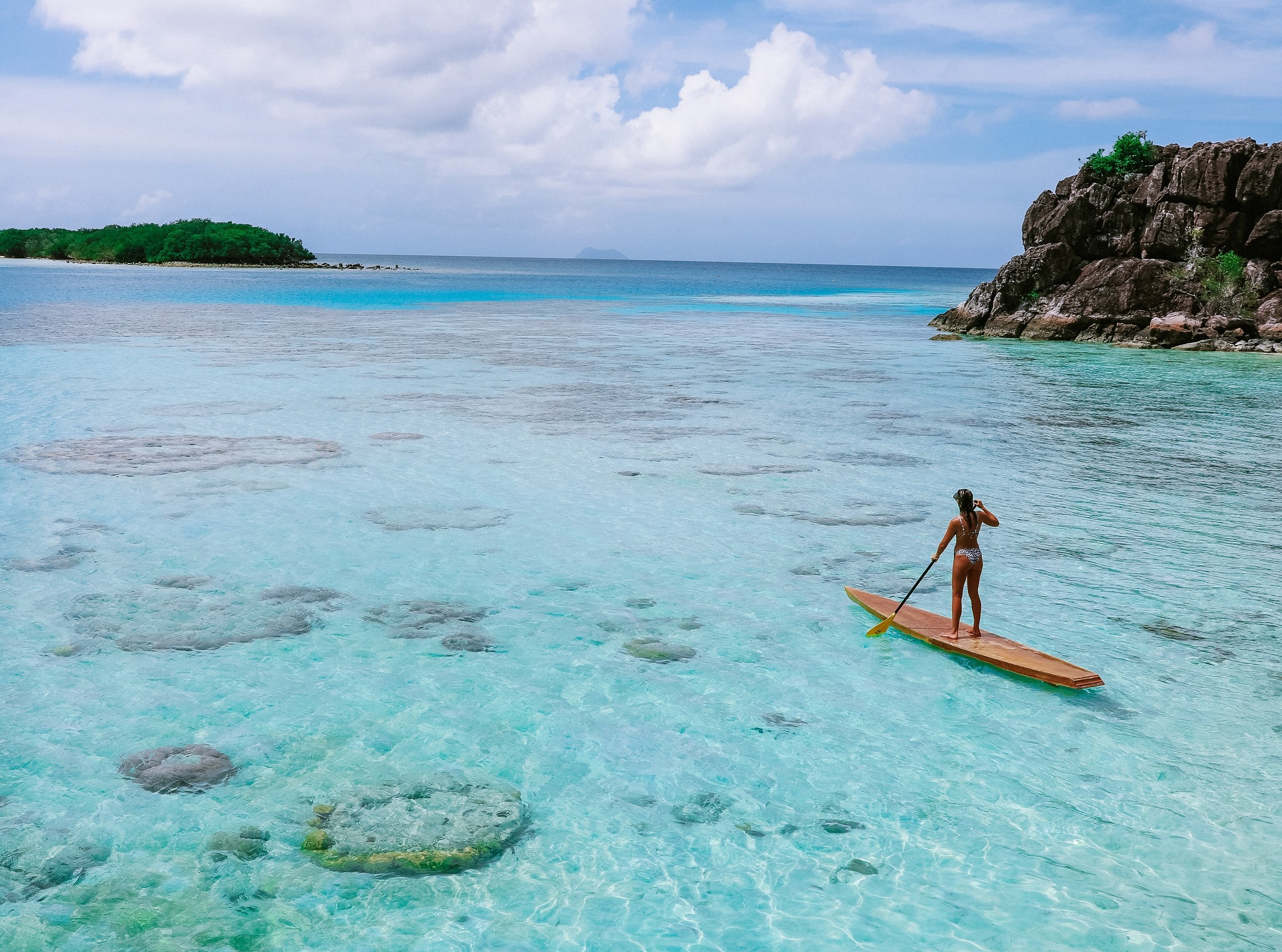DECKEE'S 2022 SAFETY CHECKLIST FOR SUP
Stand up paddle boards are great: they offer a unique point of view on the water, while you get a good workout. A beginner can learn the basics in a quick session, so it’s a very inclusive sport.
However, spending a few hours touring the local area requires a little more knowledge and experience. Don’t be fooled by the ease of SUPing in calm conditions. Upwind paddling calls for additional strength and better balance. To refine your technique, you can take SUP lessons.
We have created this SUP safety checklist to help you plan your next adventure.
Wear a non-inflating PFD
Carry a pump (for inflatable SUPs)
Have some spare fins
Don’t forget a leash
Wear a rashguard and hat
Take a water bottle
Bring a mobile phone
Carry a small first aid kit
Keep a sharp knife handy
On longer trips, consider taking the following SUP safety items:
A compass
Charts
GPS
A VHF radio
A towline
Remember: before jumping on the board, it’s always best to check that all gear works.
A common question among beginners is: how do you paddle board safely? It’s pretty easy. Make sure you carry the safety gear reported on our checklist.
Try out the SUP by the beach, away from swimmers, first. Practice falling off and getting back on the board near the shore. Learn how to make turns efficiently. If you see a wake or some high waves, crouch down on your knees in order to avoid falling off. That’s it.


